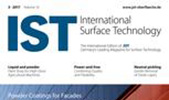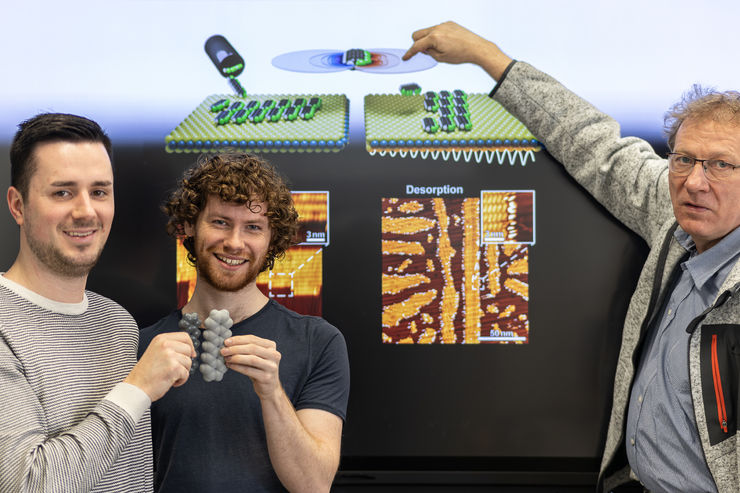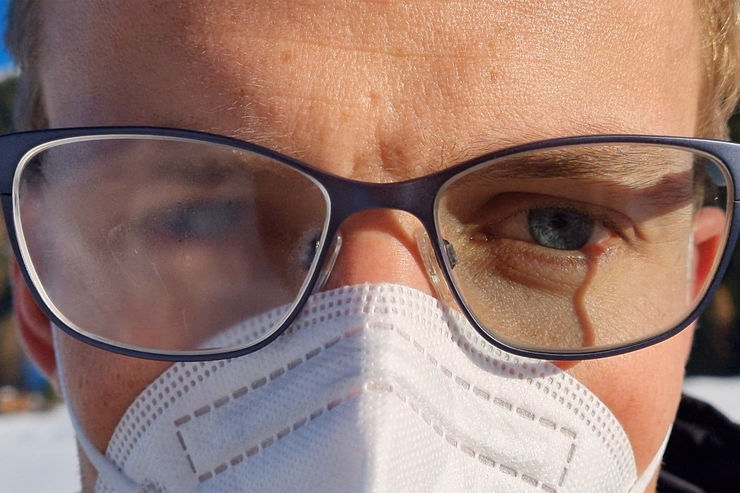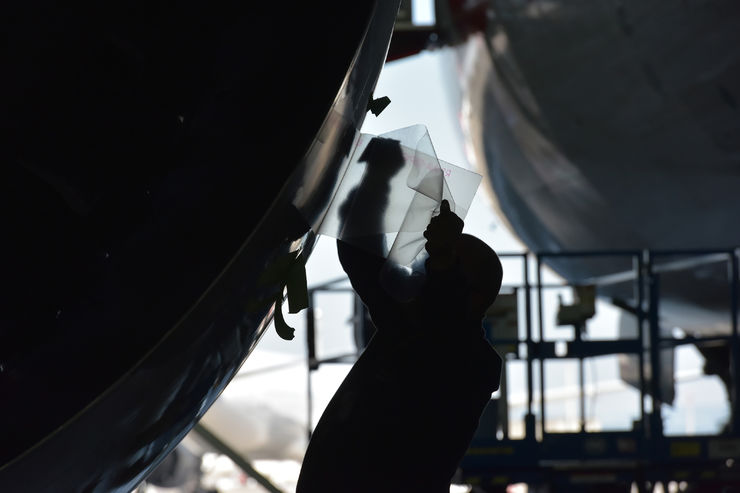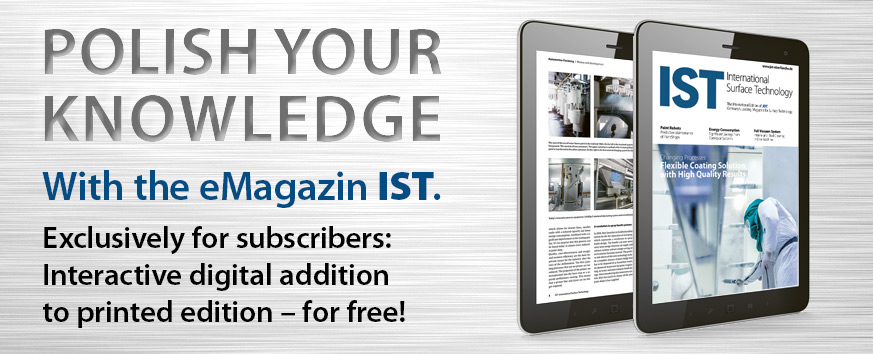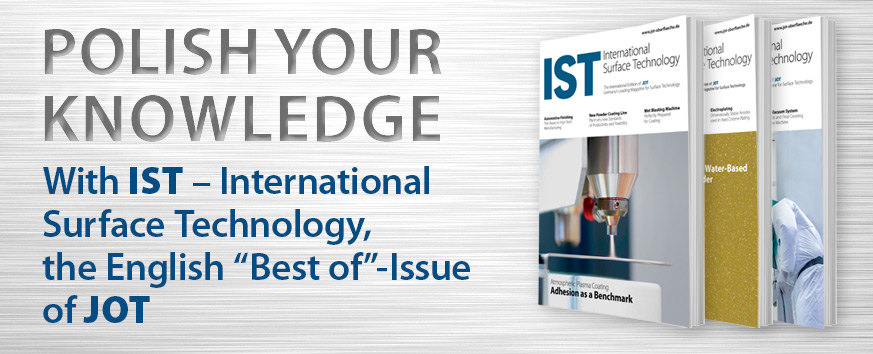Packaging for sensitive everyday products today usually consists of plastic composite systems - a material mix of different polymers. The packaging ensures that sensitive products such as food or pharmaceuticals are protected from external influences such as oxygen diffusion on their way from production to the consumer. Polymer composite materials perform these functions but cannot be recycled economically. In view of the enormous volume of packaging material, legislators at the federal and EU levels have recently tightened the requirements for the recyclability of packaging significantly. In the RE-USE research project, four Fraunhofer institutes are working together on new packaging concepts that function without composite material systems and thus achieve a significantly higher recycling rate. In many cases, the barrier function of polymer layers can also be achieved by ultra-thin coatings, for example of aluminum or silicon oxide. The project partners are developing a process that should make it possible to apply such coatings with a reliable barrier effect in a thickness of just 10 nanometers. The amount of foreign material on the actual packaging material is so small that it should be possible to recycle it by type without any problems.
Infrared reflectometry provides information on layer thickness and composition
A prerequisite for the production of such "superbarriers" on a large scale is reliable quality control. One of the goals of the three-year research project is therefore to develop an inline-capable measuring system that enables the coating process to be controlled and thus ensures end-to-end quality control. Fraunhofer IPM is working on a solution that allows the thickness and element composition of the barrier layer to be fully checked during production and the coating process to be controlled. To this end, the researchers are using the characteristic spectral properties of the coatings in the infrared range. Infrared radiation from a quantum cascade laser "sees" the barrier layer under grazing incidence, which means that both the spectral signature of the layer and the substrate can be detected. From these spectral features, conclusions can be drawn about the thickness and chemical composition of the layer. In another project funded by the state of Baden-Württemberg, the research team is working together with the company Plasma Electronic on the production suitability of the infrared optical process. To this end, an array of extremely compact individual sensors is being integrated into an industrial plasma coating process for cups to enable 100 percent quality control. The RE-USE project (Recyclable functional packaging for the food and pharmaceutical industries using ultra-thin barrier layers) is funded under the Fraunhofer-Gesellschaft's PREPARE program.
Autor(en): wi

